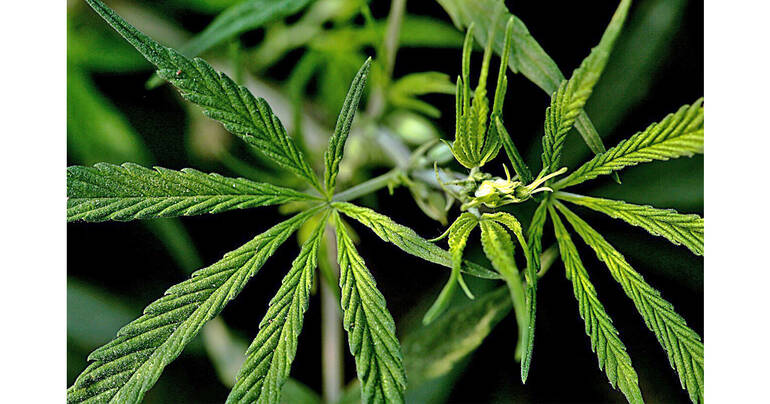Start 14-Day Trial Subscription
*No credit card required

The Emergence of Legal Marijuana Across the US
As the stigma surrounding marijuana begins to wane around the U.S., legality is becoming an interesting topic around the country. Read on to explore the emergence of legal marijuana in the US.
With marijuana seeing a significant increase in sales and gaining wider acceptance, industry executives are considering partnerships with other types of companies, particularly the beer industry. Joint efforts include cannabis-infused beverages and lobbying to benefit both industries.
“We appreciate and support lobbying efforts that focus on improving the legislative environment for both beer and cannabis. Lives have been ruined due to restrictive cannabis laws, laws that definitely need to change. We’re gratified to see legalization start to sweep the nation, state-by-state,” said Keith Villa, co-founder and brewmaster of CERIA Brewing Co. and former founder and brewmaster of Blue Moon Brewing Co.
Mark Gorman, executive vice president and chief operating officer for the National Association of Cannabis Businesses (NACB), said the momentum in the states for legalization is remarkable.
“That’s what we are watching right now, as more states legalize marijuana and lessen restrictions. Federal progress regarding legalization is still underwhelming,” said Gorman. Gorman joined NACB in March 2020, after serving for 20 years as senior vice president for government relations of the Distilled Spirits Council of the United States.
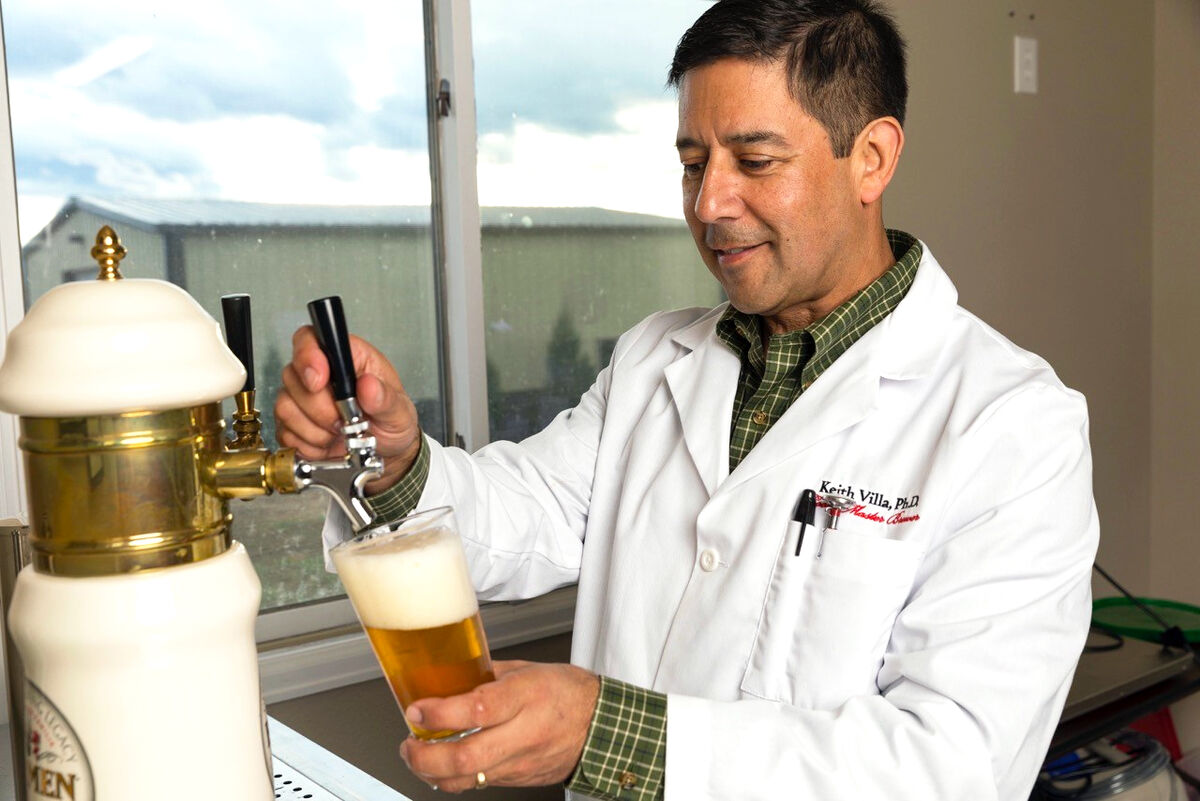
“We appreciate and support lobbying efforts that focus on improving the legislative environment for both beer and cannabis. Lives have been ruined due to restrictive cannabis laws, laws that definitely need to change. We’re gratified to see legalization start to sweep the nation, state-by-state,” said Keith Villa, co-founder and brewmaster of CERIA Brewing Co.
In 2021, the total economic impact of marijuana sales is expected to reach $92 billion , up 30 percent from 2020, according to MJ Biz Daily, a media company that covers the cannabis industry. In April 2021, 91 percent of U.S. adults said marijuana should be legal for medical and recreational use (60 percent) or it should be legal for medical use only (31 percent), according to a survey by the Pew Research Center. The percentage was up approximately 30 percent from 2019, when approximately 66 percent of U.S. adults said marijuana should be legal, also according to a survey by the Pew Research Center.
Michael Bronstein, president of the American Trade Association of Cannabis and Hemp (ATACH), said the industry has developed a more sophisticated approach than was present a few years ago.
“With more populated states like Virginia and New York legalizing marijuana, and Connecticut set to do so, the beer industry is taking a look at the marijuana industry’s explosive growth. That’s why ATACH launched a beverage council. Beverages are an excellent example of a form with which customers are familiar. We expect them to seek it out,” said Bronstein.
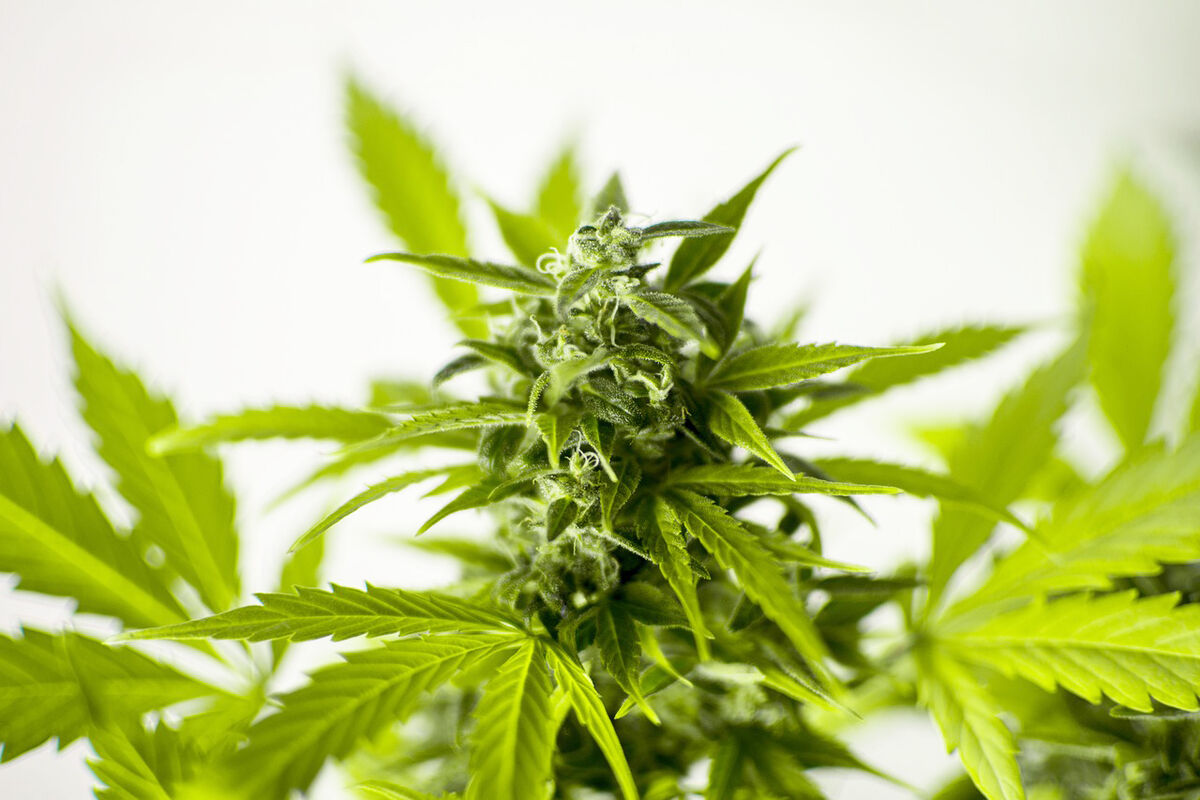
Consumer Concerns Remain
Gains for the marijuana industry do not mean that consumers are secure about what the industry produces.
Paul Armentano, deputy director for the National Organization for the Reform of Marijuana Laws (NORML), said consumers, and NORML, which has advocated for consumers since 1970, said Americans are worried about corporatization and consolidation in the industry.
“There’s an awareness that reins need to be put in place to make sure the marijuana industry engages in best practices. The industry shouldn’t be taking advantage of consumers or discriminating against certain consumers,” said Armentano.
Ways a company could take advantage of consumers include labeling marijuana products vaguely, particularly as to dosage, growing conditions and testing for pesticides. Ways a company could discriminate against certain consumers include developing marketing campaigns that target wealthy consumers rather than consumers from all economic backgrounds, and messages that do not address issues such as access for communities of color.
Armentano said NORML is in favor of marijuana regulations being based on alcoholic beverage regulations.
“Since the federal government has not legalized marijuana yet, states have the majority of the say about establishing regulations. The roadmap is already there, largely provided by the alcoholic beverage industry,” said Armentano.
Justin Strekal, political director of NORML, who lobbies for marijuana legalization in Congress, said NORML supports legal marketplaces and legal pathways for marijuana.
“NORML is not an arm of the marijuana industry, and sometimes we are in conflict with it. NORML wants to avoid seeing the industry divide states into fiefdoms to restrict the number of marijuana cultivation, production and sales licenses to the single digits. We’re not under the impression capitalists are going to bring about utopia,” said Strekal.
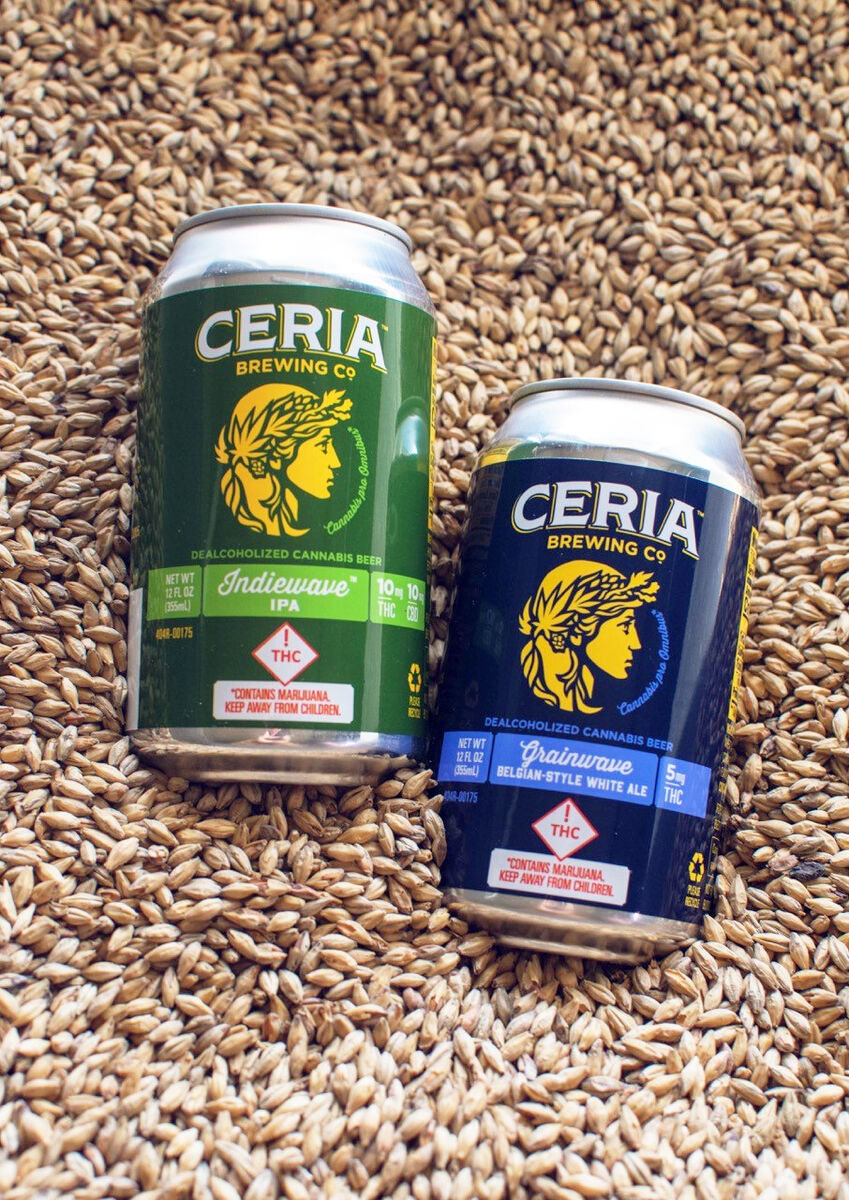
The Lessons of Craft Beer
Many entrepreneurs in the marijuana industry are interested in creating new products and marketing approaches, as brewers did with craft beer before the pandemic, said Morgan Fox, media relations director for the National Cannabis Industry Association (NCIA).
Fox said the marijuana industry hopes to learn from craft beer’s mistakes, such as infighting for shelf space.
“Right now, we’re striving to allow the survival and success of companies of all sizes,” said Fox.
Fox said just as craft beermakers encourage homebrewing, the marijuana industry wants to ensure home cultivation is permitted in regulated markets.
“There are a few companies who see home cultivation as bad for the industry. They think they are losing sales to home growers who would otherwise buy their products. In the big picture, nothing could be further from the truth. It’s micro incubation that helps people develop the skills and products that shape tastes. Their efforts can even develop into new businesses. They can also help people develop into more attractive hires for existing companies. Further, such efforts increase knowledge and passion for the product itself,” said Fox.
Gorman said jumps in marijuana sales during the pandemic reminded him of the surges in popularity in craft beer and craft spirits before the pandemic.
“It’s gratifying to see so many states designate dispensaries as indispensable businesses during the pandemic, just as liquor stores. This has been a real breakthrough. There have been serious changes in the ways you can get marijuana now, including online ordering, home delivery, and curbside pickup. This has brought marijuana into the mainstream of commerce. It’s on the table. Consumers expect it,” said Gorman.
As availability becomes more common, the marijuana industry is working on branding - from cannabis-infused beverages, CBD gummies or just cannabis-infused tea.
“It’s already happening. For instance, Pabst Blue Ribbon has licensed its name for a dispensary brand of Pabst non-alcoholic seltzer infused with cannabis,” said Villa.
Villa said since the beer industry has some of the most recognizable brands in the consumer market, it makes sense to extend those brands into the legalized cannabis business. This is assuming such arrangements meet federal alcohol regulations and state cannabis regulations.

Trends in the Cannabis Market
The COVID-19 pandemic lengthened the life of a number of pre-existing trends that had been present among marijuana businesses.
“With online ordering, there is now a real focus on what consumers are going to want in the future. One example is consumption lounges, where consumers will feel comfortable using marijuana,” said Bronstein.
Strekal said discussions about social justice, diversity and equity have brought out a greater interest in assisting entrepreneurs of color, including companies in the legacy market. The term “legacy market” is used to refer to marijuana businesses that formed prior to states’ legalizations of marijuana.
Villa said the pandemic further increased interest in health and wellness. This shift is also related to the low- and no-alcohol movement in the alcoholic beverage industry.
“Adding to growing interest in non-alcoholic beverages, particularly craft non-alcoholic beers such as CERIA, are Facebook groups and new mobile smartphone apps developed over the past year to help consumers consider non-alcohol refreshment and provide ‘better for you’ beverage solutions. Also, consumers are more health-conscious now after spending the last 1½ years worrying about a virus that could attack their lungs. As a result, some may want to avoid inhaling smoke,” said Villa.
Armentano said the most important trend relating to the marijuana is seeing marijuana as connected to other social issues.
“Marijuana legalization used to be a stand-alone issue. Now, it’s seen as part of many larger issues, from police reform to racial justice. That is a very welcome change. With marijuana legalization no longer being a niche or a fringe issue, there is the opportunity to have broader narratives. NORML and consumers have access to highly public and political platforms, which wasn’t true before,” said Armentano.
Bronstein added to this statement by sharing that companies, nonprofits and consumers can work together to advocate for the marijuana industry. Bronstein said it helps to “form a big tent” and engage in collaborations.
“Marijuana legalization is now a bipartisan issue. It hasn’t brought the “gloom and doom” effects we’ve been warned about for so long. Coming out of the pandemic, it’s easy to show that the marijuana industry offers jobs, economic growth and opportunities for investment. Industry leaders want to showcase the potential going forward. We can work together to make that happen,” said Bronstein.
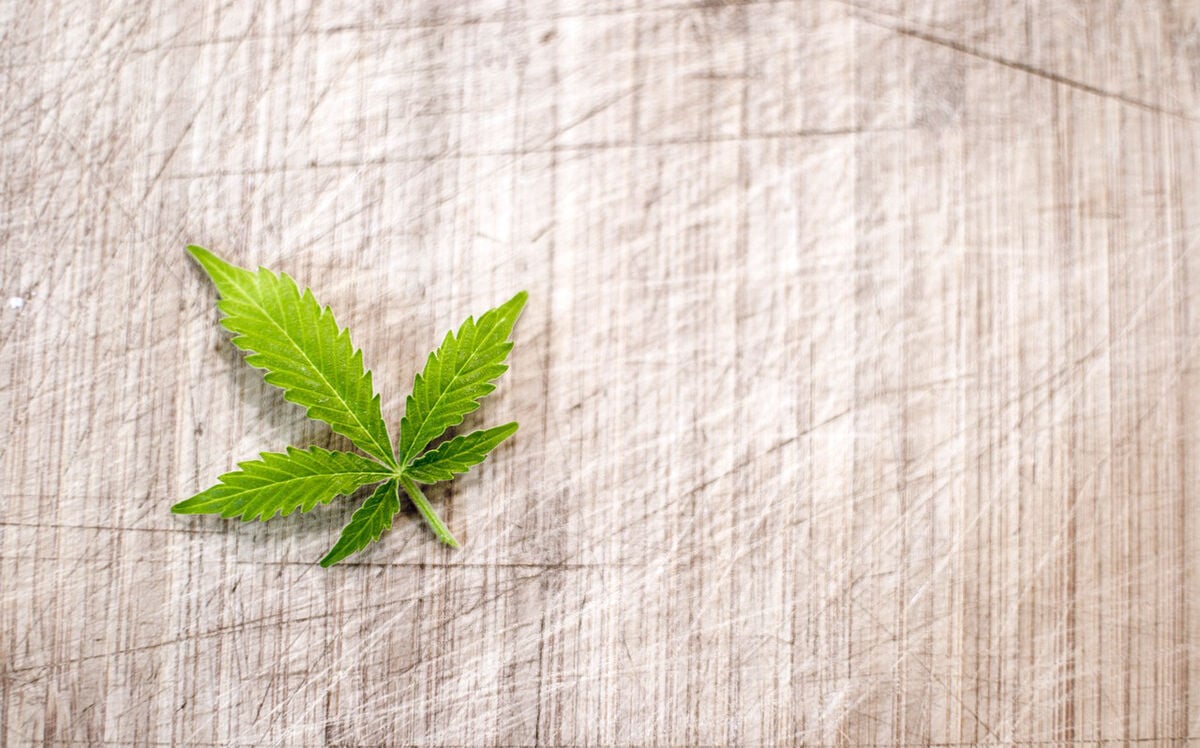
More details about cannabis and its legality: A cannabis plant is distinguished as a hemp plant or a marijuana plant by the amount of tetrahydrocannabinol (THC) it contains. THC is the intoxicant that makes marijuana potent. A hemp plant contains 0.3 percent or less THC, while a marijuana plant contains 0.31 percent or more THC. Both hemp plants and marijuana plants can contain cannabidiol (CBD), a non-intoxicating substance that has therapeutic effects. Marijuana can be used for medical or recreational purposes. Medical marijuana meets a higher standard of testing for consumer safety. It should be grown in clean soil without the use of dangerous pesticides. Sixteen states as well as Washington, D.C. have legalized marijuana for recreational use. Thirty-seven states have legalized marijuana for medical use. In 2020, Arizona, Montana, New Jersey, and South Dakota legalized recreational marijuana. In 2021, Connecticut , New Mexico, Virginia, South Dakota, and New York legalized recreational marijuana.



